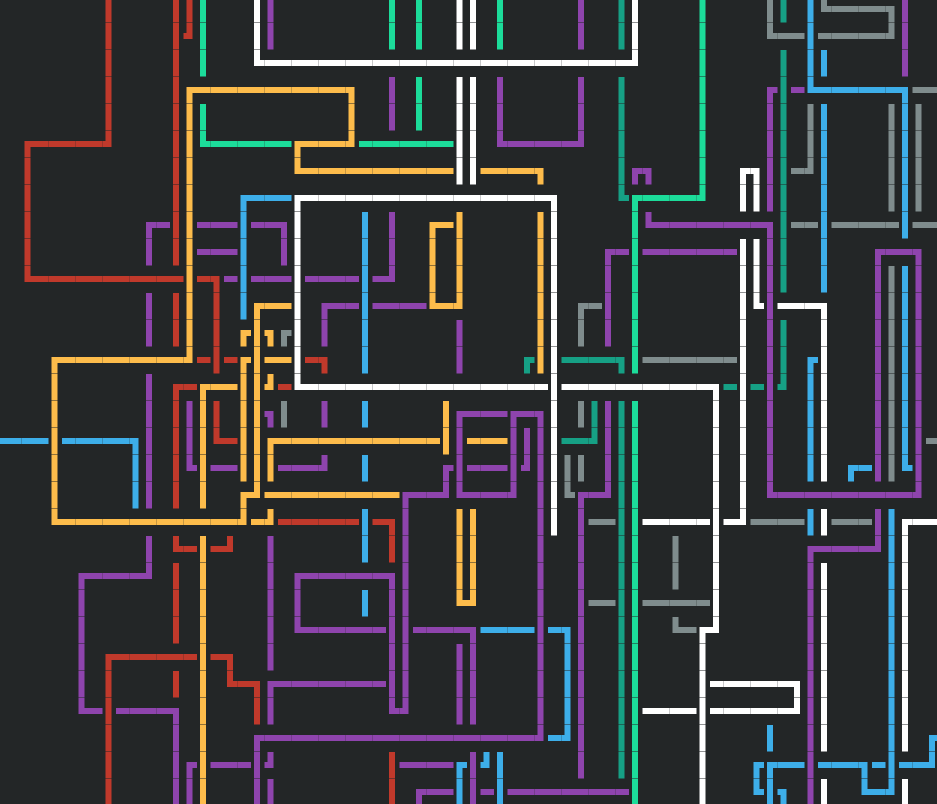I grew up with science classes telling us always state the digits individually. One point three two.
The first one is correct as others have said, but the second one is not ambiguous enough to confuse anyone nor weird enough for anyone to bat an eye at, you’re fine with either.
I’d say the second one is more correct, it sounds so weird pronouncing the digits singularly
I’d say the second one is more correct
In this case, it’s not about what sounds good or personal opinion, there is a standard name for that number for a reason. If I go around calling 100 “one oh oh” or “tenty ten”, it’s clear what number I mean but I can’t honestly call it more correct, because there’s a standard English name for it.
To demonstrate a part of why it’s clearer that way, put these numbers in ascending numerical order: (e.g. 1, 2, 3, … )
- one point three
- one point twenty-nine
- one point thirty
- one point thirty-one
- one point three-thousand-and-fifty-two
Hopefully this clarifies that we’re not actually dealing with a “thirty-two” when we’re talking about 1.32 (edit: that said, when we’re talking about version numbers, e.g. Linux kernel 4.20, which is greater than Linux kernel 4.9, then we’d say “four point twenty”)
One point three two. To me, thirty two is an integer.
Ten-million-five-hundred-and-sixty-thousand bits.
I mostly heard it one point thirty two? Grew up in Sweden, living in France. If someone says one point three two I’d assume they’re Americans.
I might be totally wrong, just stating what I have heard
No that’s interesting, I was wondering if there was a cultural divide.
Thirty two sounds so alien to me, but I heard it in a Nerdstalgic video and wondered if it was an American thing
I had the same experience (also European), but didn’t know the Americans changed it specifically for bytes
The former.
Decimals are usually spelt out a digit at a time. 3.14159 would be three point one four one five nine, not three point fourteen thousand one hundred and fifty nine. 37.32 would be thirty-seven point three two. If it’s not a decimal but something like a version string then you could say v3.14 is version three point fourteen, and three point one four might be confused with 3.1.4 even though you didn’t say the second point. IP addresses are a bit mixed; I’d say ten ten, but also one nine two dot one six eight.
One point three two, or one three two if it’s obvious from context where the decimal point is. That’s how you’re meant to pronounce digits after the decimal point in general.
About one floppy disk, with a little free space to spare.
Very little, around 60k.
A 1.44 “MB” floppy is 1440k, or about 1.406 real MB, and of that the space used by the FAT file system reduces it to around 1.38 free space.
For some reason I couldn’t find the exact number and don’t have any handy to check it myself.The floppy disk format is based on the FAT12 file system.
https://www.cs.drexel.edu/~johnsojr/2012-13/fall/cs370/resources/UnderstandingFAT12.pdf
And with enough creative tweaks to that file system, you can get DMF 1.68MB format, and if you think a bit outside the box and erase the redundant secondary FAT table and settle on a max of only 16 files on the disk, you can squeeze a few more kilobytes out of that even.
I actually made a number of custom modded blank disk images with more storage space, I might dig out the full specs of all the variants later.
Modified versions of various blank floppies ------------------------------------------- These modifications reduce the number of FAT tables from 2 to 1 and also reduce the number of root entries down to 16 files, which frees up some extra storage space. The 1.72MB format can ONLY be used on Win9X systems on real hardware, as not even WinNT can access tracks 81 or 82 on floppy disks. Disk image programs like WinImage can still access files within 1.72MB floppy images. 1.44MB Standard: 80 Tracks 18 Sectors/Track 2880 Sectors Total 1474560 Bytes Total ------------------------------------------- Sectors Per Cluster: 1 Number of FATs: 2 Max Root Entries: 224 Sectors Per FAT: 9 1457664 Bytes Data 1.44MB Maxed: ------------------------------------------- Sectors Per Cluster: 4 Number of FATs: 1 Max Root Entries: 64 Sectors Per FAT: 3 1470464 Bytes Data Differences: ------------------------------------------- 12800 Bytes More, 160 Less Root Entries 1.68MB Standard: 80 Tracks 21 Sectors/Track 3360 Sectors Total 1720320 Bytes Total ------------------------------------------- Sectors Per Cluster: 1 Number of FATs: 2 Max Root Entries: 224 Sectors Per FAT: 10 1702400 Bytes Data 1.68MB Maxed: ------------------------------------------- Sectors Per Cluster: 4 Number of FATs: 1 Max Root Entries: 64 Sectors Per FAT: 3 1716224 Bytes Data Differences: ------------------------------------------- 13824 Bytes More, 160 Less Root Entries DMF 1024 Standard: 80 Tracks 21 Sectors/Track 3360 Sectors Total 1720320 Bytes Total ------------------------------------------- Sectors Per Cluster: 2 Number of FATs: 2 Max Root Entries: 16 Sectors Per FAT: 5 1714176 Bytes Data DMF 1024 Maxed: ------------------------------------------- Sectors Per Cluster: 4 Number of FATs: 1 Max Root Entries: 64 Sectors Per FAT: 3 1716224 Bytes Data 2048 Bytes More, 48 More Root Entries DMF 2048 Standard: 80 Tracks 21 Sectors/Track 3360 Sectors Total 1720320 Bytes Total ------------------------------------------- Sectors Per Cluster: 4 Number of FATs: 2 Max Root Entries: 16 Sectors Per FAT: 3 1716224 Bytes Data DMF 2048 Maxed: ------------------------------------------- Sectors Per Cluster: 4 Number of FATs: 1 Max Root Entries: 64 Sectors Per FAT: 3 1716224 Bytes Data Differences: ------------------------------------------- 0 Bytes More, 48 More Root Entries 1.72MB Standard: 82 Tracks 21 Sectors/Track 3444 Sectors Total 1763328 Bytes Total ------------------------------------------- Sectors Per Cluster: 1 Number of FATs: 2 Max Root Entries: 224 Sectors Per FAT: 10 1745408 Bytes Data 1.72MB Maxed: ------------------------------------------- Sectors Per Cluster: 4 Number of FATs: 1 Max Root Entries: 64 Sectors Per FAT: 3 1759232 Bytes Data Differences: ------------------------------------------- 13824 Bytes More, 160 Less Root EntriesIf you’re interested in the blank disk images themselves, let me know.
Also, 1474560 / 1024 = 1440
If anyone could keep up with binary numbers back in the day, floppy disks were literally measured in binary megabytes.
First question, and it’s important: Are you Doc Brown?
growing up with floppy disks and diskettes on the east coast US it was ‘one point two megabyte’ and ‘one point four four megabyte’ exclusively
 One and thirty-two hundreths
One and thirty-two hundrethsCanada (Ontario) here. Was taught explicitly to say “point three two”
“One point three two”, because otherwise the question is ‘thirty two what’. Consider what happens if we put a zero on the end — does it become “one point three hundred and twenty” despite being exactly the same number?
One and thirty two hundredths of a megabyte
Or
One megabyte three hundred twenty kilobytes









